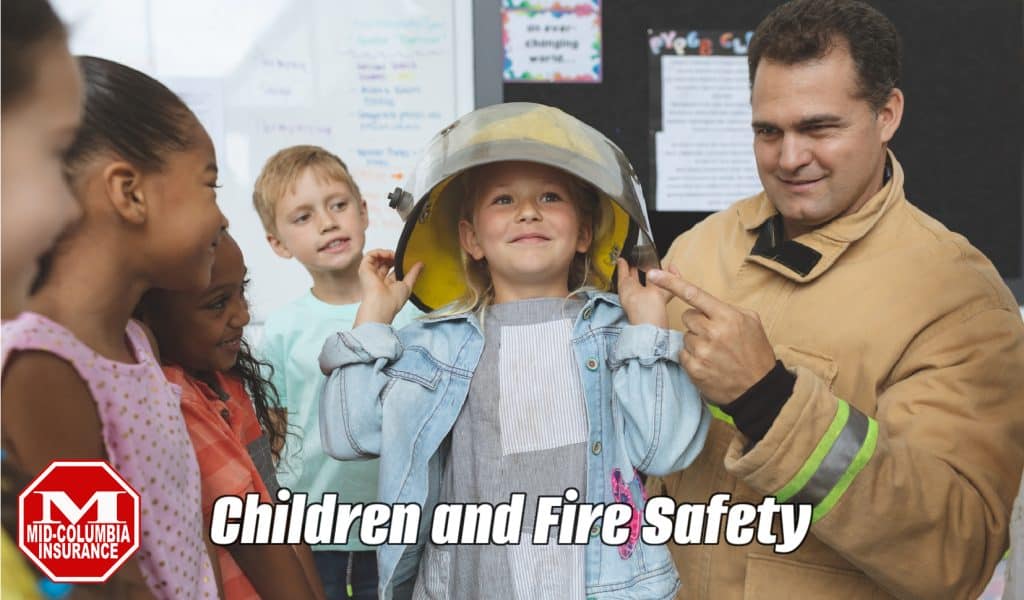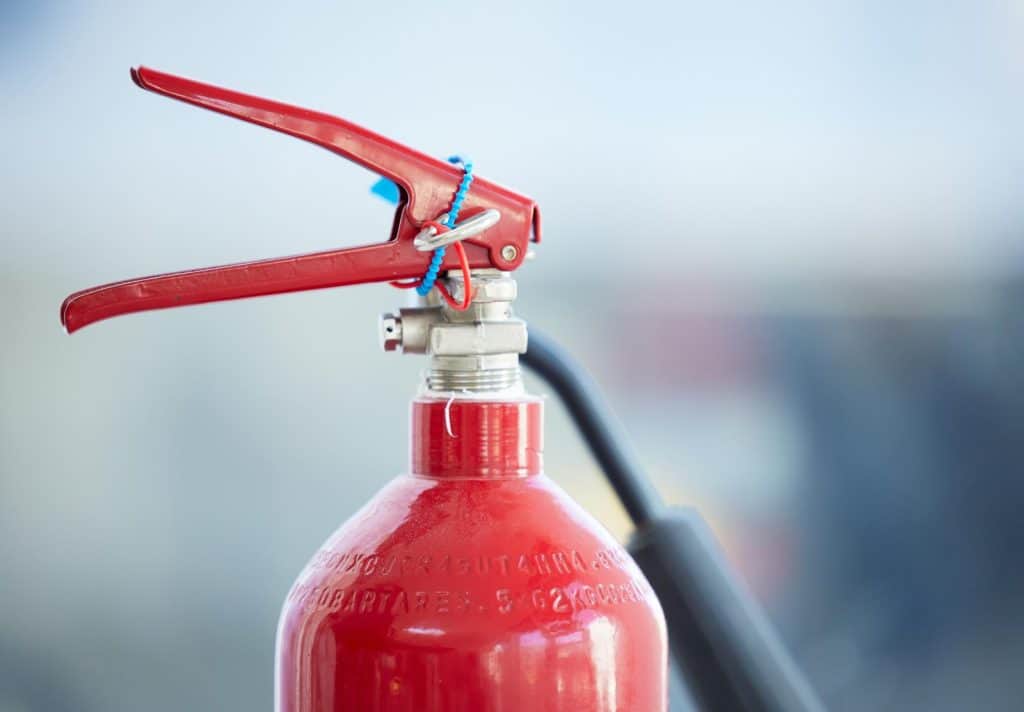
Introduction
Fire safety is crucial to home safety, especially when children are involved. Children’s natural curiosity and lack of understanding about the dangers of fire can put them at significant risk.
Parents and caregivers need to have a well-thought-out plan to ensure the safety of their little ones in case of a fire emergency. This article will discuss the importance of fire safety for children, provide statistics on child fire fatalities, and offer practical tips to keep children safe from fire and burns.
The Importance of Fire Safety for Children
Children often rely on adults for guidance and protection during emergencies. Their ability to escape a fire may depend on the actions of other occupants in the home. For example, infants and toddlers may need to be carried out of the house, while older children may need help unlocking doors or windows.
It is crucial to have a fire safety plan that considers the specific needs of children based on their age and abilities. This plan should include designated escape routes, a meeting place outside the home (such as a mailbox or a neighbor’s house), and regular fire drills to ensure everyone knows what to do in case of a fire.

Statistics on Child Fire Fatalities
According to a report by the US Fire Administration, the relative risk of children aged fourteen and under dying in a fire was 70 percent less than that of the general public in 2020. Despite this lower risk, it is still essential for the fire service to continue educating parents and caregivers about protecting children from fire.
In 2022, Washington State reported three children under the age of ten died in fires, representing 3.7 percent of the state’s fire fatalities that year. These tragedies underscore the importance of fire safety education and prevention efforts.
Tips for Keeping Children Safe from Fire and Burns
- Teach children about firefighters: Explain to children that firefighters are community helpers who wear special clothes (like helmets and boots) and equipment (like oxygen tanks and masks) to stay safe from smoke and fire.
Show them pictures of firefighters in full gear so they know what to expect. Encourage children not to be afraid of firefighters, even though their equipment can look and sound scary. - Practice fire drills: Teach children to get outside when they hear a smoke alarm. Choose a meeting spot outside, like a tree or a mailbox, where everyone can gather.
Practice fire drills with your family using the sound of your smoke alarm to familiarize children with the procedure. Make it a fun game, like a scavenger hunt, to keep children engaged and motivated. - Keep hot items out of reach: Teach children to avoid matches, lighters, candles, hot stoves, and other hot items. Store these items in locked cabinets or high shelves outside children’s reach. Encourage them to walk away and tell a grown-up if they see these items.
- Install and maintain smoke alarms: Install smoke alarms on every level of your home, inside each bedroom, and outside sleeping areas. Test smoke alarms monthly and replace batteries annually. Teach children what the smoke alarm sounds like and what to do when they hear it.
- Create and practice a fire escape plan: Develop a fire escape plan that includes two ways out of every room (like a door and a window) and a designated meeting place outside. Use a visual chart or map to help children understand the plan. Practice the plan with your family regularly, at least twice a year.
3 Fire Safety Ideas to Implement
- Conduct fire drills every six months. Use a stopwatch to time how long it takes everyone to get out of the house and to the meeting spot. Then, reward the children with stickers for participating and improving their time.
- Fire Extinguisher Training. Keep a fire extinguisher in the kitchen and teach your older children how to use it in case of a small fire. Also have a fire escape ladder in each upstairs bedroom if the primary escape route is blocked.
- Fire Safety Day. Have a “fire safety day” each year to review your fire escape plan, test your smoke alarms, and practice using a fire extinguisher. They make it a fun and educational event for the whole family.

Conclusion
Fire safety is critical to home safety, especially when children are involved. By teaching children about firefighters, practicing fire drills, keeping hot items out of reach, installing and maintaining smoke alarms, and creating and practicing a fire escape plan, parents and caregivers can help keep their little ones safe from fire and burns.
Remember, the best way to protect children from fire is through education, prevention, and preparation. By prioritizing fire safety in your home and involving your children in the process, you can create a safer environment for your entire family.
Mid-Columbia Insurance – Your Trusted Insurance Agent
Call (509)783-5600 and speak to one of our independent insurance agent professionals today, or click “Get a Quote” to request an insurance quote.
